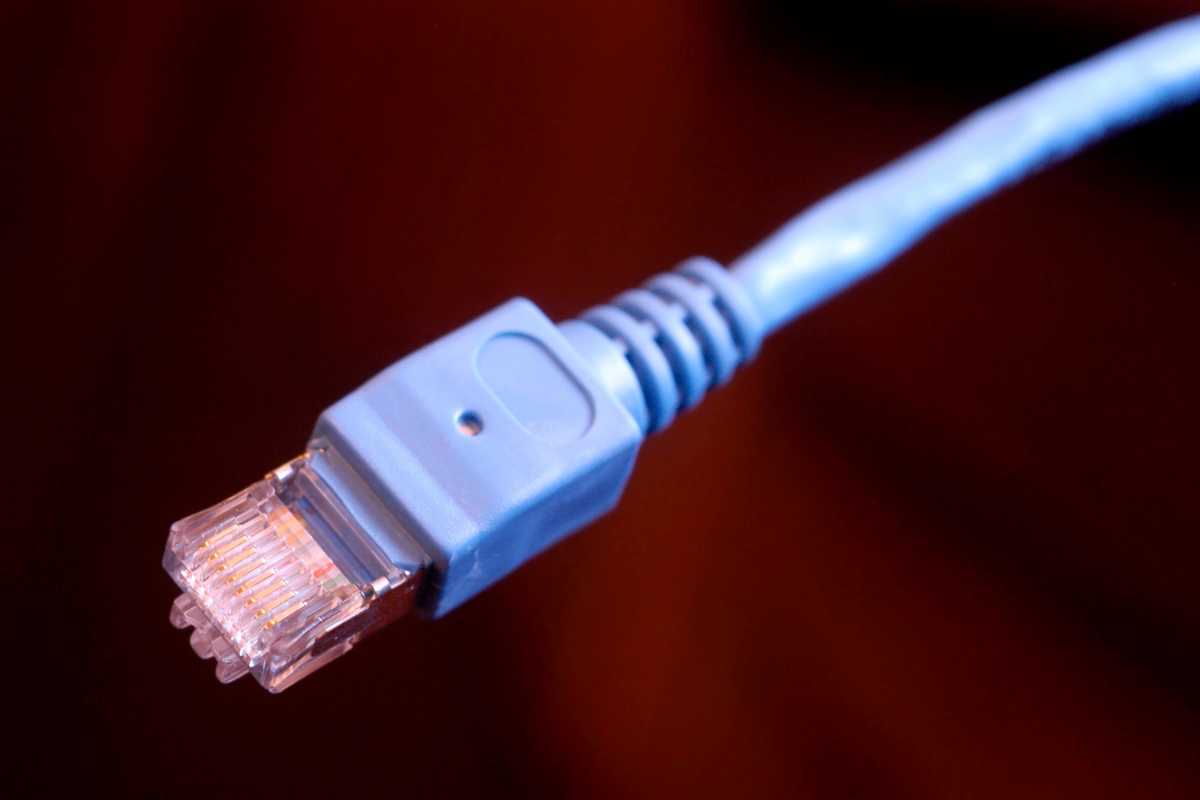
The internet has been able to bring a phenomenal change in the way businesses operate in current global markets. Businesses use the internet to sustain their IT ecosystem, which acts as a backbone for their operations. Through these IT ecosystems, businesses run applications like VoIP, conferencing, cloud applications, media download/upload, file sharing, email and much more. It is essential for businesses to always remain online and connected to the internet around the clock. Some of the widely preferred internet service types are Direct Internet Access (DIA) and Broadband. A DIA or Direct Internet Access is built to comply with mobile business standards. They come with a specific bandwidth amount chosen by the user. The selected bandwidth will only be shared amongst the users of a specific physical unit. A broadband internet connection, on the other hand, works on a shared network where a number of users share a common larger connection allotted to their area. There are a few key differences between DIA and Broadband.
Broadband Provides Asymmetrical Speeds
One of the key differences between DIA and Broadband is the type of speed they provide. As a DIA connection is not shared amongst many users, this type of internet connection can provide symmetrical upload and download speed. This allows users to run multiple applications and eliminate shutdowns. Broadband connections provide asymmetrical speeds, which means the download speed will usually be higher than the upload speed. In business-related use cases, asymmetrical speed is always preferred and appreciated.
DIA Provides Stable Bandwidth Performance with Minimal Lags
As we noted in the previous point that DIA offers symmetrical speed, this subsequently results in better bandwidth performance and low latency. With DIA, you can enjoy an uninterrupted connection with high speed and minimal lags, and there is no disturbance in the network. The bandwidth performance and latency in a broadband connection depend on your ISP’s network traffic. The congestion in the link between your ISP and your modem will surely impact your bandwidth performance.
DIA Is Backed by Service Legal Agreements
A DIA connection would have a set standard of performance, speed and quality, which would be in compliance with the Service Legal Agreement. If there is any issue with speed or quality, a user is contractually eligible for SLA credits. Troubleshooting issues are also standardized in the case of DIA as they work under SLAs. A broadband connection can have a longer, unpredictable downtime depending on the criticality of the issue and how quickly your ISP addresses and resolves it.















